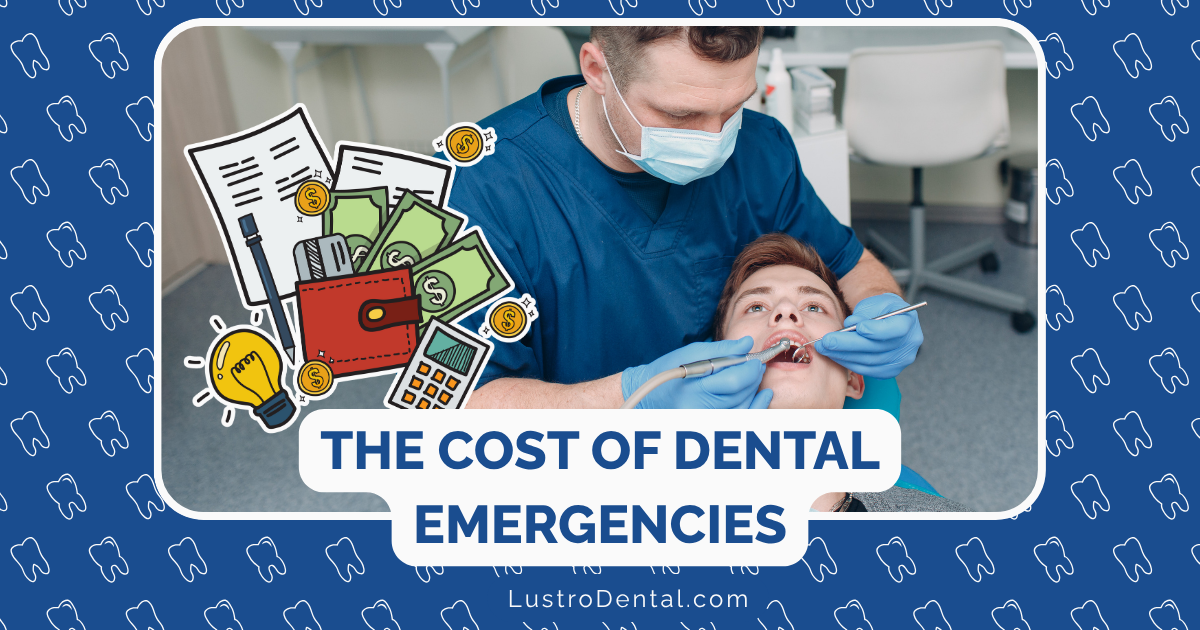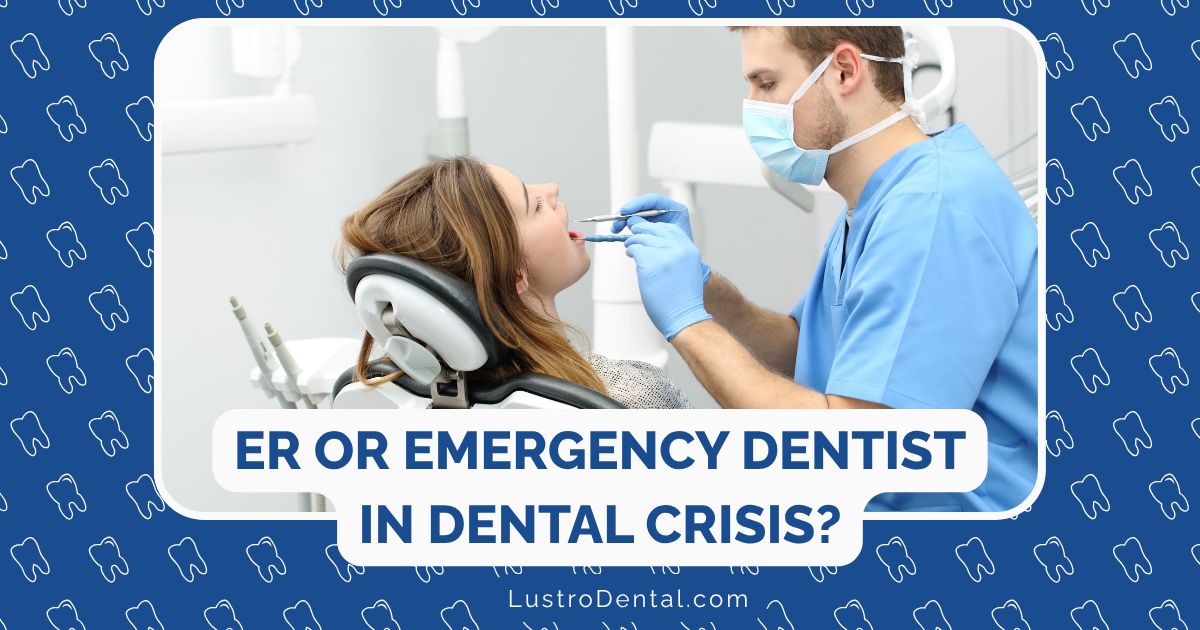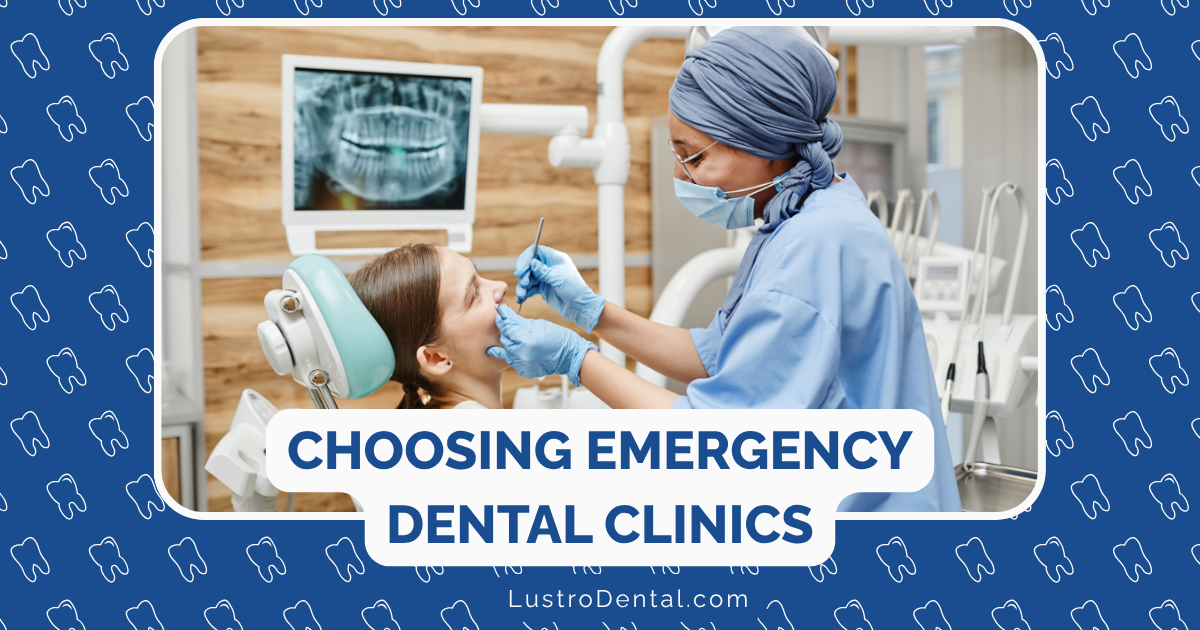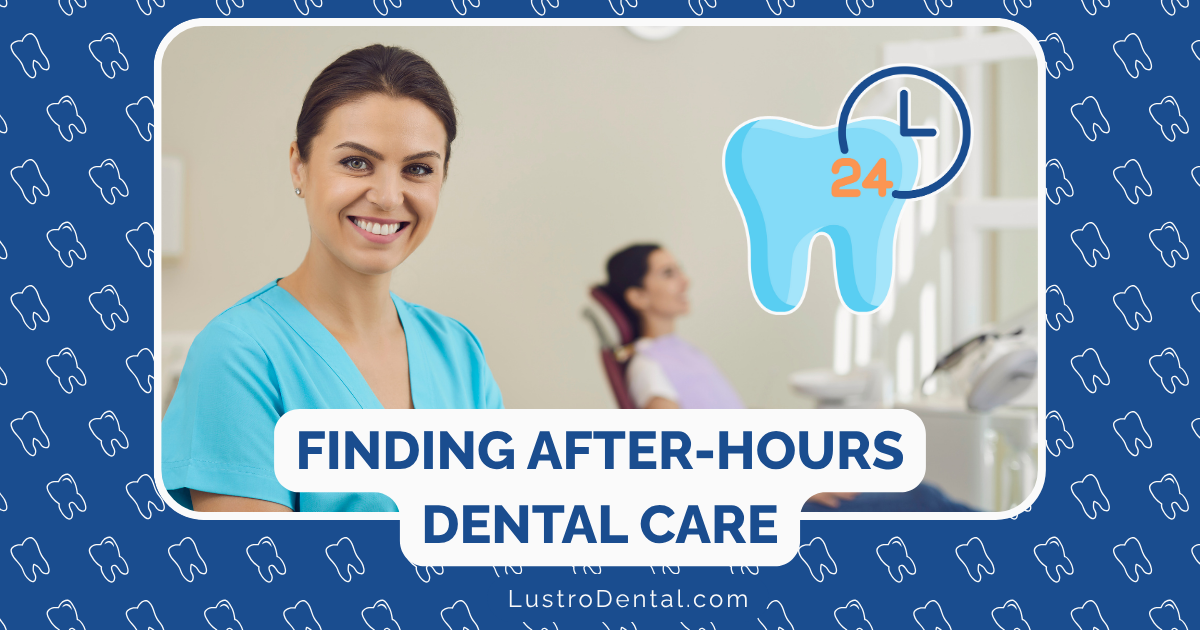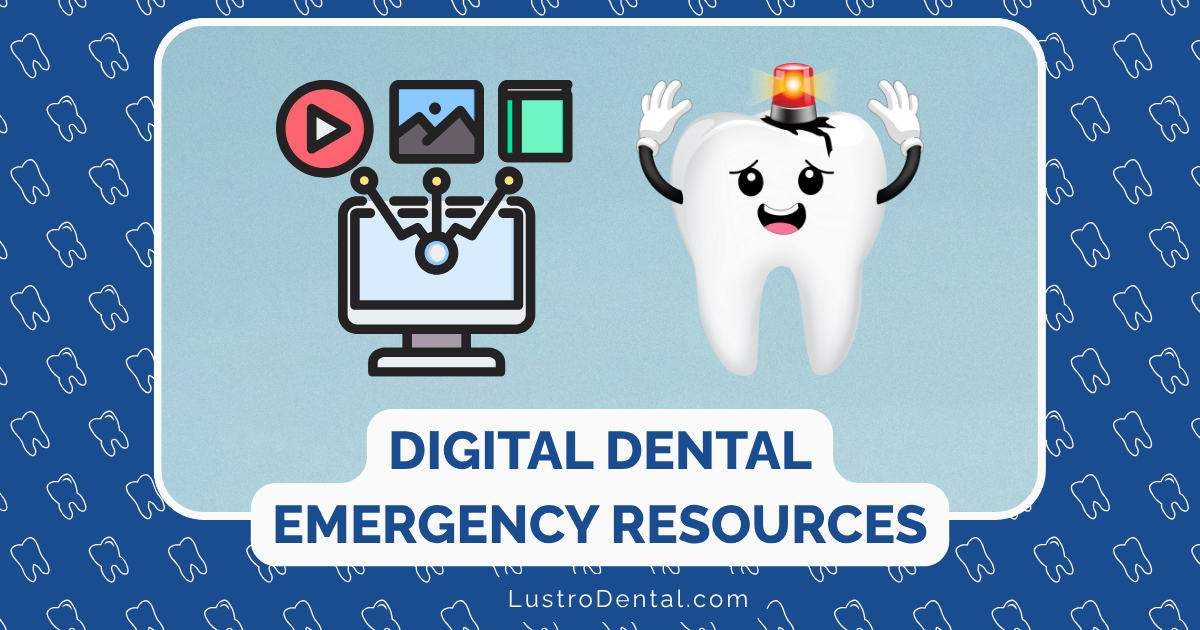Preventing Recurrent Abscesses: Addressing the Root Cause
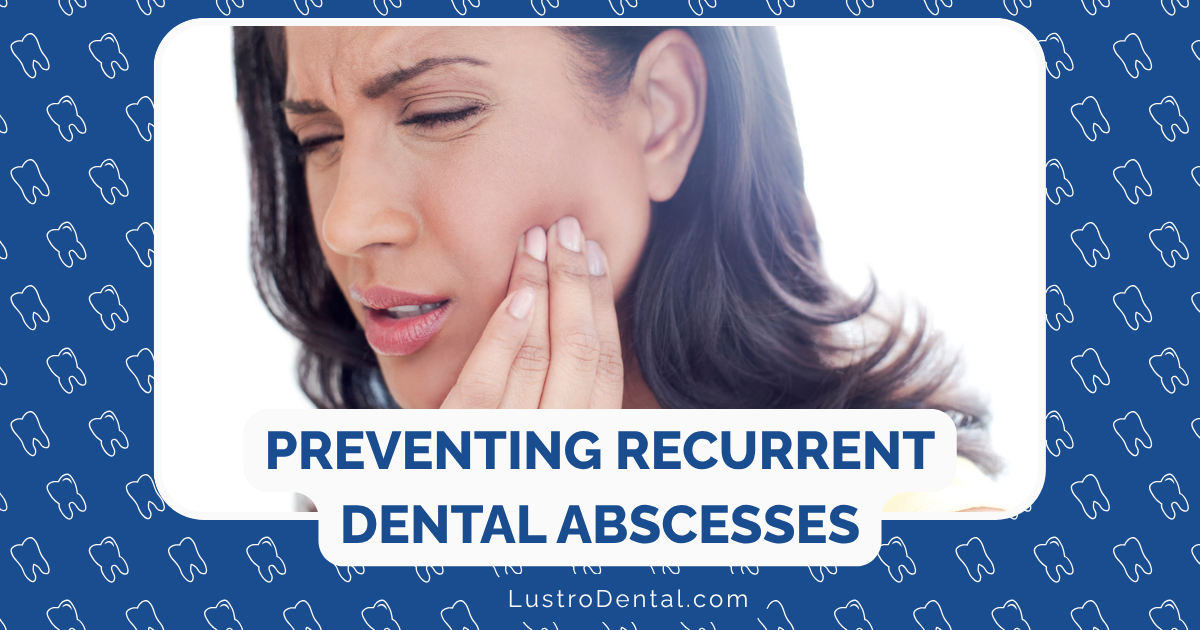
“Not again,” Michael sighed, holding his jaw as he called our office. This was his third dental abscess in two years, and the frustration in his voice was palpable. “I thought we fixed this problem. Why does it keep coming back?”
Michael’s experience isn’t unusual. Many patients successfully treat a dental abscess only to face the same painful situation months or years later. The key to breaking this cycle lies not just in treating the immediate infection, but in identifying and addressing the underlying causes.
If you’ve experienced recurring dental abscesses, this guide will help you understand why they happen and—more importantly—how to prevent them from disrupting your life again.
Understanding Why Dental Abscesses Recur
A dental abscess doesn’t develop randomly. These painful pockets of infection have specific causes, and when those causes aren’t fully addressed, the problem can return with frustrating regularity.
The Common Root Causes
According to the National Library of Medicine, dental abscesses typically arise from:
- Untreated tooth decay: Cavities that penetrate deep into the tooth create pathways for bacteria to reach the pulp.
- Incomplete treatment of previous infections: If all infected tissue isn’t removed during treatment, bacteria can remain and cause recurrence.
- Cracked or damaged teeth: Even microscopic cracks can allow bacteria to enter the tooth.
- Failed dental work: Leaking fillings, crowns, or unsuccessful root canals can leave teeth vulnerable to reinfection.
- Persistent gum disease: Periodontal disease creates pockets where bacteria thrive, potentially leading to recurring periodontal abscesses.
- Anatomical challenges: Some teeth have complex root structures that make complete disinfection difficult during treatment.
- Systemic health conditions: Conditions that compromise your immune system can make you more susceptible to recurring infections.
Why Initial Treatment Sometimes Isn’t Enough
Many patients are surprised when an abscess returns after treatment. Here’s why this happens:
- Antibiotics alone aren’t sufficient: While antibiotics help control the infection, they don’t address the structural issues that allowed bacteria to enter the tooth in the first place.
- Incomplete root canal therapy: If all canals aren’t thoroughly cleaned and sealed, bacteria can remain hidden in microscopic spaces.
- Unaddressed cracks: Tiny fractures in teeth may not be visible on X-rays but can continue to allow bacteria entry.
- Persistent oral bacteria: Some individuals harbor particularly virulent strains of bacteria that are more likely to cause recurrent infections.
Comprehensive Prevention Strategies
Preventing recurrent abscesses requires a multi-faceted approach. Let’s explore the key strategies that can break the cycle for good.
1. Complete and Proper Initial Treatment
The foundation of prevention is ensuring that the initial abscess is treated completely. According to dental specialists at Cleveland Clinic, this typically involves:
- Thorough drainage: Ensuring all infected material is removed
- Addressing the source: Whether through root canal therapy, extraction, or periodontal treatment
- Appropriate antibiotic therapy: Completing the full course of prescribed antibiotics
- Follow-up evaluation: Confirming the infection has completely resolved
When discussing treatment options with your dentist, don’t hesitate to ask questions about the likelihood of recurrence and what specific measures are being taken to prevent it.
2. Optimizing Your Oral Hygiene Routine
Poor oral hygiene is one of the leading risk factors for developing recurrent dental abscesses. A study cited by the National Library of Medicine found that 91% of adults aged 20 to 64 in the United States had dental caries, creating potential entry points for infection.
To minimize this risk:
- Brush properly twice daily: Use a soft-bristled toothbrush and fluoride toothpaste. Pay special attention to the gumline where bacteria tend to accumulate.
- Floss daily: Cleaning between teeth removes plaque in areas your toothbrush can’t reach.
- Consider additional tools: Water flossers, interdental brushes, and tongue cleaners can enhance your cleaning routine.
- Use antimicrobial mouthwash: Products containing chlorhexidine or essential oils can help reduce bacterial load in your mouth.
- Replace your toothbrush regularly: Royal Dental Virginia recommends changing your toothbrush every three months, or more frequently after an infection, to prevent reintroduction of harmful bacteria.
3. Regular Professional Dental Care
Even the most diligent home care can’t replace professional dental treatment. Regular check-ups allow for:
- Early detection of potential problems: Small cavities or cracks can be addressed before they lead to infections.
- Professional cleanings: Remove hardened tartar that can’t be eliminated through brushing and flossing alone.
- Monitoring of previous infection sites: Your dentist can keep an eye on teeth that have had abscesses in the past.
- X-ray evaluation: Detect hidden decay or infections that aren’t visible during a visual examination.
Most dental professionals recommend check-ups every six months, though patients with a history of recurrent abscesses may benefit from more frequent visits, perhaps every 3-4 months.
4. Addressing Underlying Dental Issues
Sometimes preventing recurrent abscesses requires addressing more fundamental dental problems:
- Treating persistent gum disease: According to Omaha Dentists, periodontal disease significantly increases the risk of developing abscesses. Scaling and root planing, along with ongoing periodontal maintenance, may be necessary.
- Repairing or replacing problematic dental work: Old fillings with leaky margins or ill-fitting crowns may need to be replaced.
- Addressing teeth grinding (bruxism): The pressure from grinding can create tiny cracks in teeth. Night guards can help protect your teeth while you sleep.
- Correcting bite issues: Misaligned teeth can create areas of excessive pressure, potentially leading to damage that allows bacterial entry.
5. Lifestyle and Dietary Factors
Your daily habits play a significant role in preventing recurrent dental infections:
- Limit sugary foods and drinks: Sugar feeds the bacteria that cause decay, creating potential entry points for infection.
- Stay hydrated: Adequate saliva production helps neutralize acids and wash away food particles.
- Avoid tobacco products: Smoking and chewing tobacco significantly increase the risk of gum disease and subsequent infections.
- Manage stress: Chronic stress can compromise your immune system and increase the likelihood of grinding your teeth.
- Control underlying health conditions: Properly managing conditions like diabetes helps reduce your overall risk of infections, including dental abscesses.
Recognizing Warning Signs of Potential Recurrence
Early intervention is crucial for preventing full-blown abscesses. Be alert for these warning signs:
- Sensitivity to hot or cold: This may indicate exposed dentin or developing decay.
- Discomfort when biting or chewing: Potential sign of a cracked tooth or failing restoration.
- Tender or swollen gums: Could indicate developing periodontal issues.
- Persistent bad taste or breath: May signal bacterial activity or infection.
- Tooth discoloration: Darkening of a tooth can indicate pulp damage.
If you notice any of these symptoms, especially in a tooth that has previously had an abscess, contact your dentist promptly. Addressing these issues early can often prevent the development of a full abscess.
Special Considerations for High-Risk Individuals
Some people are naturally more prone to recurring dental infections. If you fall into one of these categories, you may need additional preventive measures:
Compromised Immune System
If you have conditions like diabetes, HIV, or are undergoing cancer treatment, your body’s ability to fight infections is reduced. In these cases:
- More frequent dental check-ups are essential
- Aggressive treatment of even minor dental issues is recommended
- Your dentist and physician should coordinate your care
History of Multiple Abscesses
Patients with a history of recurrent infections may benefit from:
- Prescription-strength fluoride toothpaste
- Antimicrobial mouth rinses
- More frequent professional cleanings
- Consideration of extracting problematic teeth in favor of implants or bridges
Anatomical Challenges
Some people have naturally deep gum pockets or tooth anatomy that creates cleaning challenges. Your dentist might recommend:
- Specialized cleaning tools for home use
- Modified brushing and flossing techniques
- Possible surgical intervention to reshape gum tissue
Michael’s Success Story: Breaking the Cycle
Remember Michael, who was experiencing his third abscess? After a comprehensive evaluation, we discovered that his recurrent infections stemmed from a combination of factors: a tiny crack in a previously treated tooth, inconsistent flossing, and undiagnosed grinding at night.
By addressing all these issues—retreating the tooth, implementing a more thorough oral hygiene routine, and fitting him with a night guard—Michael has been abscess-free for over three years now.
“I had no idea that grinding my teeth could lead to these infections,” he told me recently. “Making these changes wasn’t always easy, but it’s been worth it to not wake up with that awful pain anymore.”
The Bottom Line: A Proactive Approach Pays Off
Preventing recurrent dental abscesses requires understanding that these infections rarely happen in isolation. By addressing the root causes—not just the symptoms—you can break the cycle of pain, emergency dental visits, and frustration.
The investment in preventive care is always smaller than the cost—both financial and physical—of treating recurring infections. Work closely with your dental team to develop a personalized prevention plan that addresses your specific risk factors.
Have you dealt with recurring dental abscesses? What strategies have worked for you? Share your experiences in the comments to help others who might be facing similar challenges.
Disclaimer: This article provides general information about dental abscess prevention and is not intended as medical advice. Always consult with your dentist for diagnosis and treatment recommendations specific to your situation.


